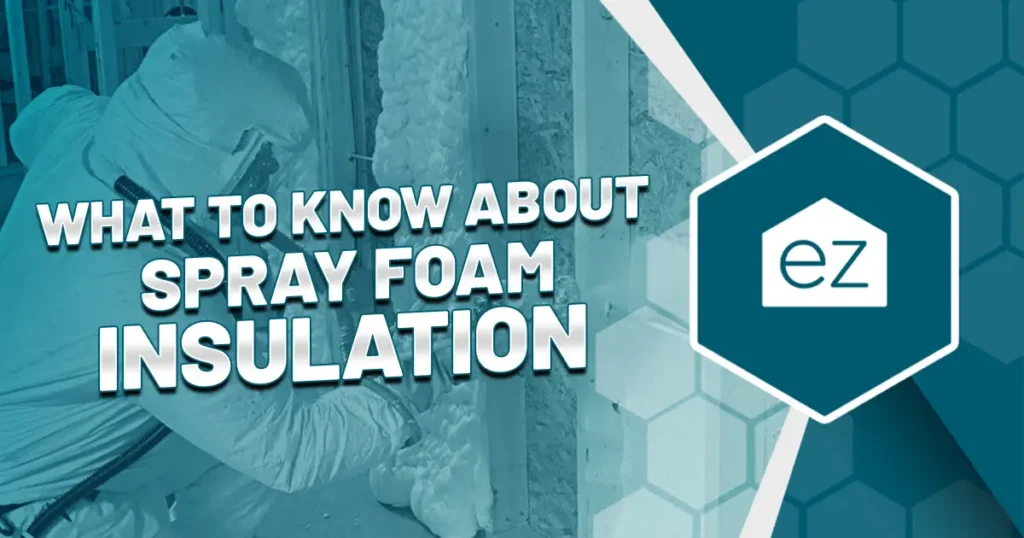What to Know About Termites In Your Home
Termites are among the most notorious pests that can infiltrate your home, causing extensive and costly damage often hidden from sight. Over 600,000 homes are impacted each year by termites in the United States. Understanding what these silent destroyers do and how to detect them is vital to protecting your property. Learn what every homeowner, property manager, and renter should know about termites, from the damage they can cause to prevention and treatment strategies.
What Are Termites?
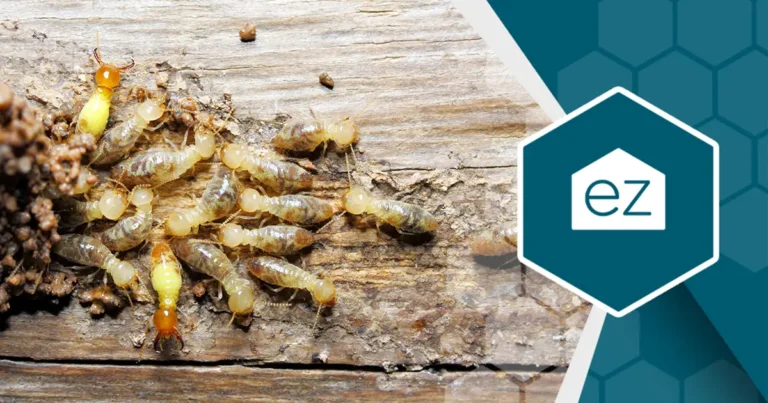
Termites are nature’s little cleaner-uppers, devouring dead wood, leaves, sticks, and soil. That’s great and good for nature, but what are most homes made out of? Dead wood. These are not your average bugs; they are highly organized and hungry wood-eating machines. These little insects could literally eat your house from the inside out.
Termites come in a couple of varieties. Some prefer the dry, cozy wood found in the frames of your house, while others like it a bit damper, like in a leaky basement. Subterranean termites live under the ground. Each group has a unique behavior pattern and region they prefer.
But they all have one thing in common: an insatiable appetite for cellulose, which is found in wood, paper, and even some fabrics.
Next time you think about skipping that termite inspection, remember these little guys are munching 24/7!
The Damage Termites Cause
Termites feed primarily on wood, which means any wood in your home’s structure is at risk if termites invade. Over time, termite damage can compromise the structural integrity of your property, leading to costly repairs. In severe cases, termite damage has caused buildings to become unsafe for occupancy. It’s not just structural damage; termites can also ruin furniture, books, and anything containing cellulose.
The thing is, termites may have an endless appetite, but the damage they cause builds slowly over time. A colony could be munching away on your home for months or years before the signs become obvious.
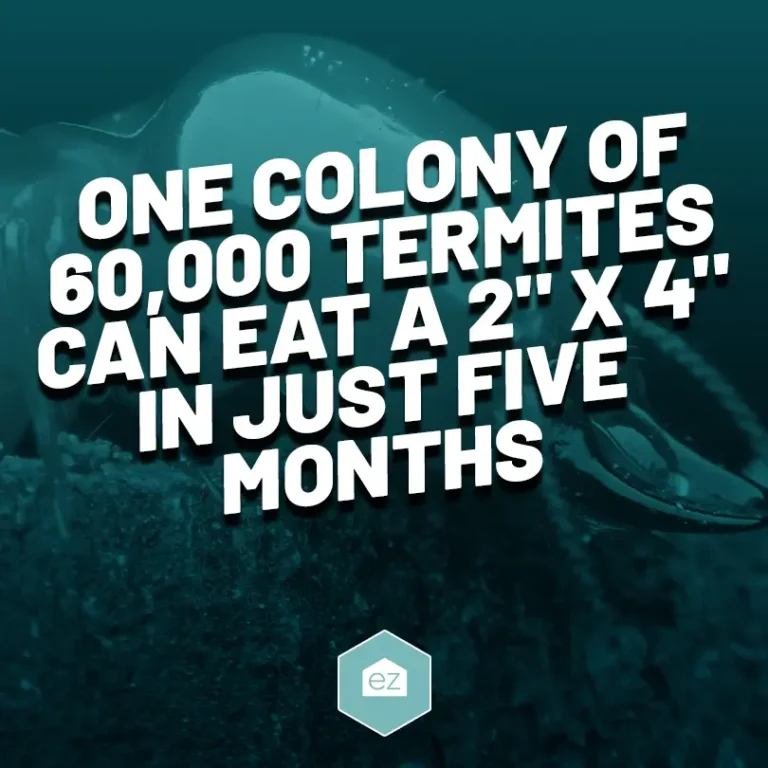
How to Prevent Termites
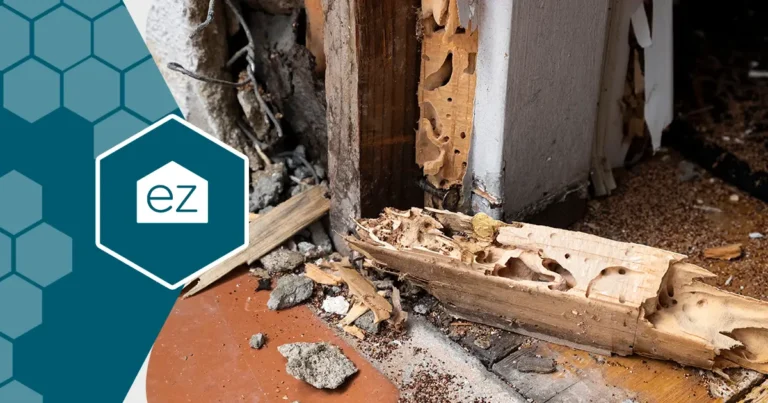
Preventing termites is far more cost-effective than treating an infestation. Here are some measures homeowners can take:
- Reduce Moisture: Fix leaks as soon as possible and ensure proper drainage at your home’s foundation. You want water to move away from the home.
- Remove Food Sources: Keep firewood, lumber, or paper away from the foundation or crawl space. That means firewood stacks should be placed away from the homes. Also, leave a gap between your home and any landscape planting to discourage subterranean termites. Pest experts recommend using rubber mulch or rock instead of wooden mulch in landscaping beds.
- Eliminate Entry Points: Seal gaps around water and gas lines where termites could enter your home.
- Regular Inspections: Have a professional pest control company inspect your home periodically.
Signs of Termites
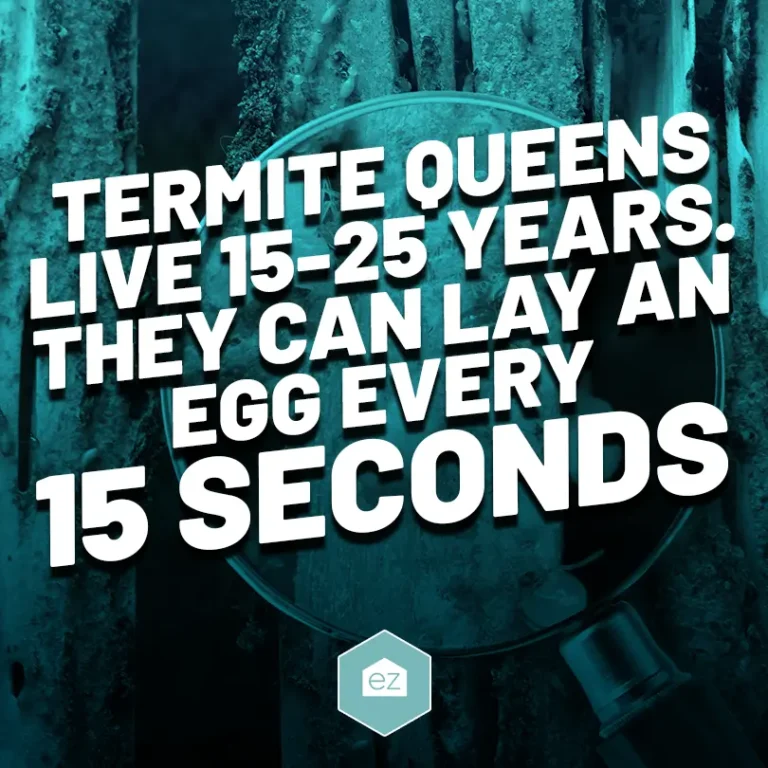
Remember, a single termite is a sign that a colony of thousands likely lives nearby. Stay alert around your home for signs of termite activity, such as:
- Discarded Wings: Look for small insect wings near doors, windowsills, or other entry points. These are often tannish- and translucent.
- Mud Tubes: Check for pencil-sized dirt tunnels near the house foundation. This is how subterranean termites access the home.
- Damaged Wood: Wood that sounds hollow when tapped or presents maze-like designs may be signs of termites. If exposed wood shows signs of a “waffled” or a maze-like grooved appearance, that’s another sign termites have enjoyed snacking on your home.
- Buckling or Bubbling Floors: Termites love the taste of subfloors, and they can eat it up quickly before you realize what’s happening beneath. So watch out for discolored patches or wavy appearances in the wood. Squeaky floors and loose tiles are another sign.
- Small Wood Pellet Mounds: Termites munch away at wood, but like all animals, they have droppings to get rid of. And those droppings come out as tiny wood pellets that look like sawdust or coffee grounds. Take action if you see these gathering around windows, doors, or on the floor!
- Bubbling Drywall: Termites will eat drywall, as it contains cellulose! The result is bubbling under paint or wallpaper. Sometimes, they’ll break through the surface and leave behind tiny holes. They will cap these with dirt.
How to Tell Termites Apart from Winged Ants
Every so often, termite colonies get too big for home, so they branch out. That sends termite swarms flying into the air, searching for a new nest. These swarms are most common when the weather warms–the spring and summer months.
It’s common to confuse termite swarmers with winged ants, which cause less damage to your home. Here’s how to distinguish them:
- Wing Size: Termites have equal-sized wings, while ants have larger front wings.
- Waist Size: Termites have a thick waist, whereas ants have a pinched waist.
- Antennae Shape: Termite antennae are straight; ant antennae are bent.
- Color: Ants tend to be reddish brown or black, whereas termites are lighter in color.
How to Treat Termite Infestation
If you discover termites in your home, it’s advisable to call in professionals. Termites are tricky to eliminate since they borrow into places we can’t see. It’s hard to determine precisely how much damage they have done without stripping away to the studs. How you treat them also depends on what kind of termite you have.
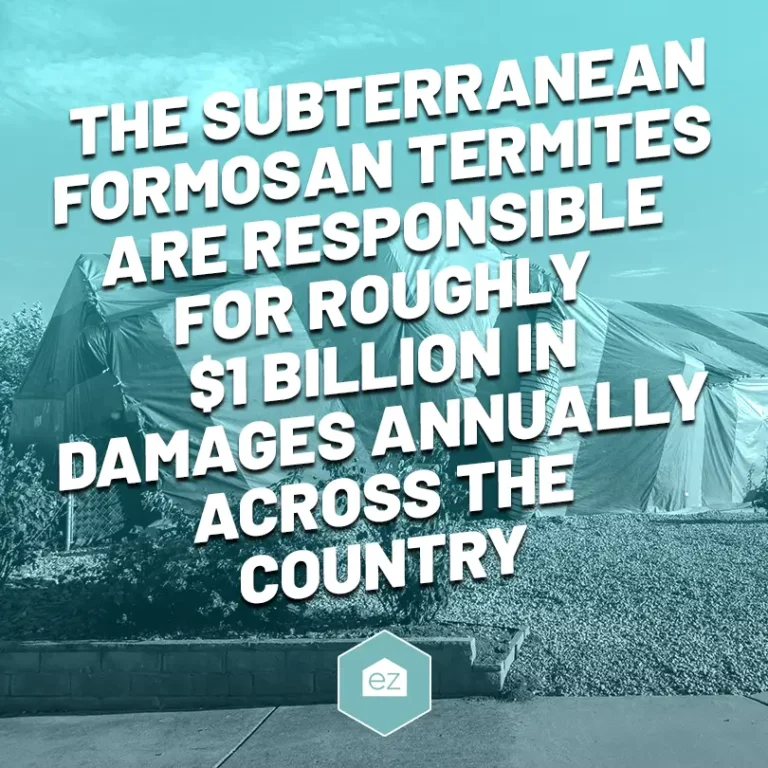
Treatments may include:
- Liquid Pesticides: Applied to the soil around and beneath the house.
- Barrier treatment: Using chemicals or materials like metal or plastic that termites cannot burrow through.
- Bait Stations: Insecticide-laden baits are placed around your property to lure and poison termites. It is considered the most eco-friendly option.
- Fumigation: This is reserved for extreme cases. The entire house is enclosed in a tent and treated using gases that penetrate the walls and small spaces.
Protect your home from termites
Vigilance and early detection are your best defenses against termites. Regular inspections and proactive prevention go a long way in avoiding termite problems and safeguarding the value of your property. Remember that homeowners’ insurance doesn’t typically cover termite damage, so proactive steps are both necessary and wise. It could save you thousands down the road.
Start Your Home Search
Preston Guyton
Share this Post
Related Articles
Buying a Home
Conforming Loan Limits: A Guide for Homebuyers
Buying a Home
What to Know About Spray Foam Insulation
Buying a Home
5 Most Affordable Places to Buy a Home in Tennessee
Buying a Home

